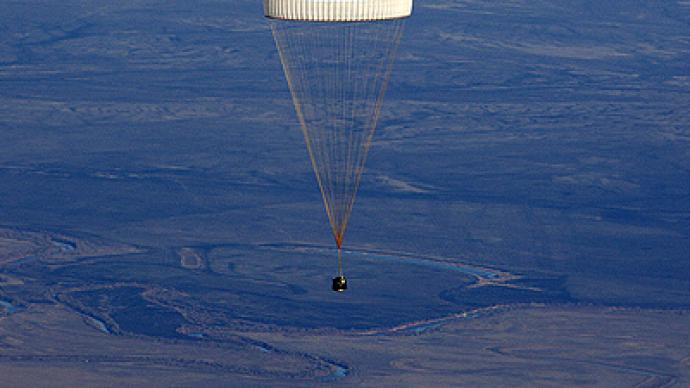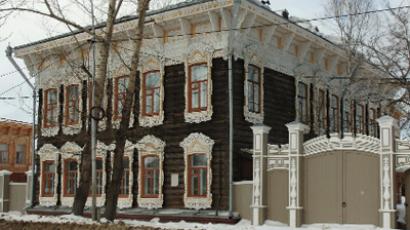Chelyabinsk Region is where stars land

Russia’s Chelyabinsk Region is the doorstep of Siberia. Renowned for its nuclear research and arms development, the region was shut off to all foreigners until as recently as the early ‘90s. Now, it is wide open to everyone.
Chelyabinsk hosts the welcoming party for returning cosmonauts and astronauts, as one of the designated space capsule landing zones. Special recovery teams are always ready to track and retrieve them, minutes after they land. But, as RT found out, it is not as simple as it sounds.Months spent in space amid stars and constellations, orbiting the Earth in zero gravity – being a cosmonaut or an astronaut is no easy task. But, after their mission is complete and they return to Earth, the mission for other men and women begins.There is no telling where exactly the cosmonauts will land. So, in order to be prepared for anything that could possibly go wrong, the Russian Aviation and Space Agency regularly holds exercises in the middle of nowhere.In fact, the rescue operation kicks off even before the capsule with the cosmonauts lands.“It’s one of the most exciting moments, hearing in your headphones that they’ve got us on their radar, they’re watching us and following us,” cosmonaut Maksim Suraev told RT. “That’s awesome, that means that all the survival practices that we had won’t be needed.”Though this is how it usually happens, the search and rescue teams on land know that it is better to be safe than sorry.“Such training is conducted regularly, right before every landing,” said Viktor Malkov, the head of the medical emergency response team in Chelyabinsk Region. “The objective is to test the condition of the equipment and vehicles, of the preparedness of the personnel… Our team has extensive experience in this field, and we are ready to work in any condition.”The process involves several teams of specially trained Air Force personnel – from medical staff to parachutists. Finding the landing capsule, opening it up, letting the cosmonauts out into the open, back on terra firma – the whole process normally takes 25 to 30 minutes.But in order to achieve such speed, months of training are needed. After all, there are lives at stake, and one of the most important factors – the weather – is also one of the most unpredictable.“It’s hardest when helicopters can’t fly, and only the ground echelon can get to the cosmonauts, evacuate them, and get them to the nearest airfield,” Mikhail Nikiforov, the head of the search and rescue team in Chelyabinsk Region explained. “We always have very little time. We must get them out as soon as possible.”Hardly a low pressure working environment, but the reward is priceless.“I’d like to say, for all cosmonauts: we greatly respect you, guys, and really love you!” Maksim Suraev said. “And I hope that all that knowledge and the life-saving skills that you have will never be needed by you or us. Thank you!”













